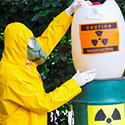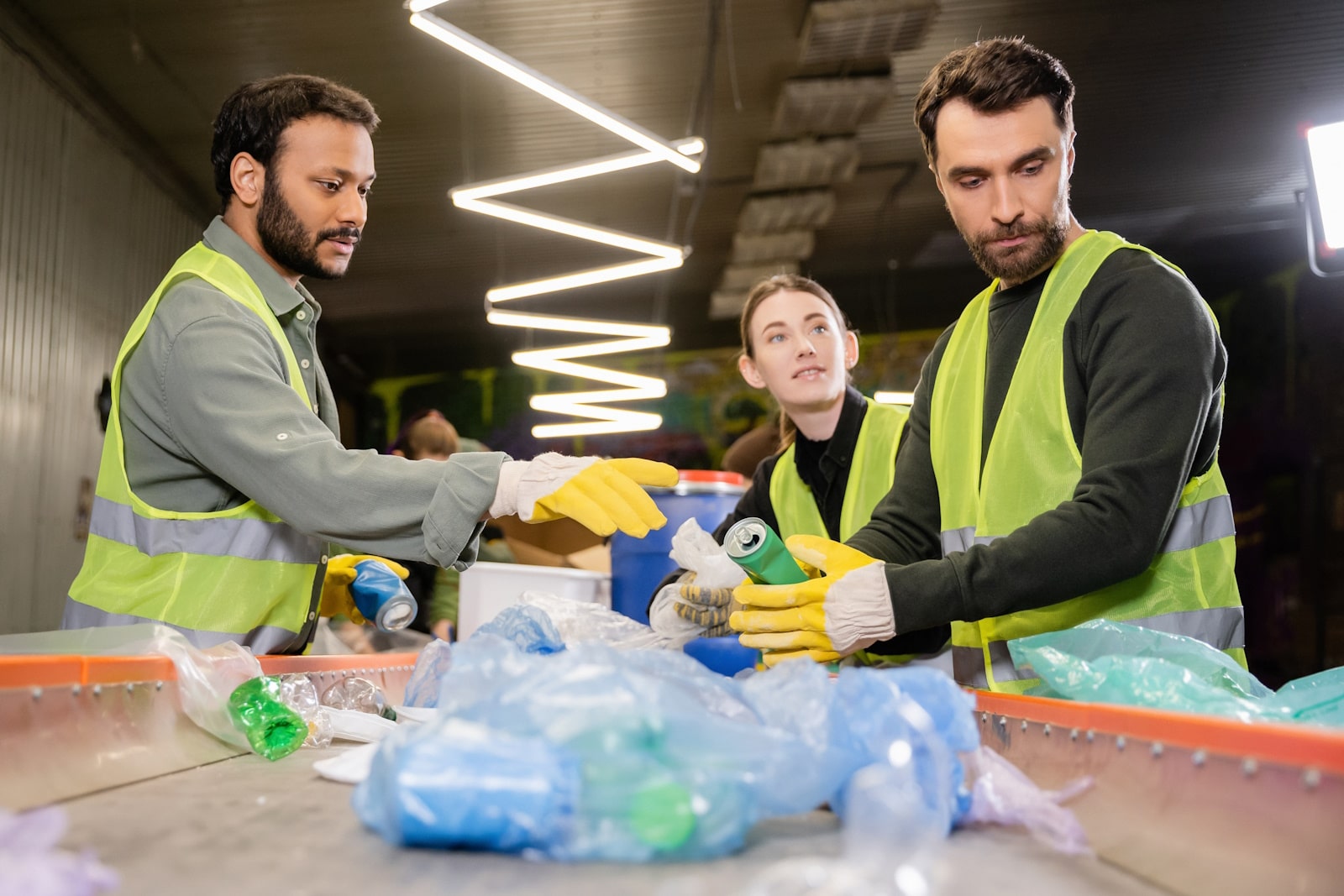Waste Company Advice: Conducting Your Own Waste Audit
Understanding waste management is essential for businesses aiming to enhance their sustainability efforts. One effective way to assess your waste disposal practices is through a waste audit. This process helps identify areas for improvement, reduce waste generation, and ultimately support your company’s environmental goals. A-Thermal, a leading waste company, is here to guide you through the waste audit process, ensuring you can effectively evaluate and enhance your waste management practices.
What Is a Waste Audit?
A waste audit is a systematic examination of the waste your business generates. From A-Thermal’s experience as a waste company, this involves analysing waste streams, identifying sources, and measuring the volume and type of waste produced over a specific period. By conducting a waste audit, businesses can uncover insights into their waste habits, helping them make informed decisions about waste reduction and recycling efforts.
Step 1: Set Clear Objectives
Before diving into the audit, it’s essential to define your objectives. What do you hope to achieve through this audit? Common goals include reducing waste generation, increasing recycling rates, or improving overall waste management efficiency. Having clear objectives will help you stay focused throughout the audit process and measure your success later.
Step 2: Assemble Your Team
Gather a team of employees who will assist with the waste audit. This team should include individuals from various departments, as waste generation can vary across different areas of your business. Having diverse perspectives will provide a more comprehensive understanding of your waste management practices. Designate a team leader to coordinate efforts and ensure that everyone understands their roles.
Step 3: Develop a Waste Audit Plan
Create a detailed plan outlining how you will conduct the audit. This plan should include the following:
- Timeline: Decide on the duration of the audit, typically one week to a month, depending on your business size.
- Methods: Determine how you will collect and analyse data, whether through visual inspections, weighing waste, or categorising materials.
- Documentation: Establish a system for recording findings, such as spreadsheets or audit templates.
Step 4: Collect Waste Data
During the audit period, collect waste data consistently. This may involve the following:
- Waste Sorting: Sort waste into different categories (e.g., recyclables, organics, general waste) to understand the composition of your waste streams.
- Weight Measurements: Weigh the sorted waste to quantify the amount generated by each category. This will help identify which types of waste are most prevalent.
- Visual Inspections: Conduct visual inspections of waste containers to assess contamination levels and improper disposal practices.
Step 5: Analyse Your Findings
Once you’ve gathered the data, it’s time to analyse your findings. Look for patterns and trends that emerge from the audit. Key questions to consider include:
- What types of waste are most commonly generated?
- Are there significant contamination issues in recycling bins?
- Which departments produce the most waste?
This analysis will help you pinpoint specific areas where improvements can be made, whether through better recycling practices, employee training, or adjustments to purchasing habits.
Step 6: Develop an Action Plan
Based on your findings, create an action plan that outlines strategies for improvement. This plan should include:
- Target Goals: Set specific, measurable targets for waste reduction and recycling increases.
- Training Initiatives: Develop training programs to educate employees about proper waste disposal and recycling practices.
- Resource Allocation: Identify resources needed to implement changes, such as additional recycling bins or composting programs.
Step 7: Implement Changes and Monitor Progress
Put your action plan into motion and monitor its effectiveness. Regularly review your waste management practices to ensure that improvements are being made. Consider scheduling follow-up audits to assess progress and identify any new challenges that may arise.
Partner with A-Thermal for Expert Guidance
While conducting your own waste audit is a valuable step toward improving your waste management practices, you don’t have to go it alone.As a leading waste company, A-Thermal is here to support your efforts with expert guidance and resources. Whether you need assistance in developing your audit plan or implementing sustainable solutions, our team is ready to help.
Conducting a waste audit is a powerful tool for businesses looking to enhance their sustainability efforts and reduce waste. By following this practical guide, you can identify areas for improvement and take meaningful steps toward more effective waste management. Remember, A-Thermal is just a call away, ready to assist you in your journey toward a cleaner, greener future. Contact us today to learn more about our services and how we can support your waste management goals!







